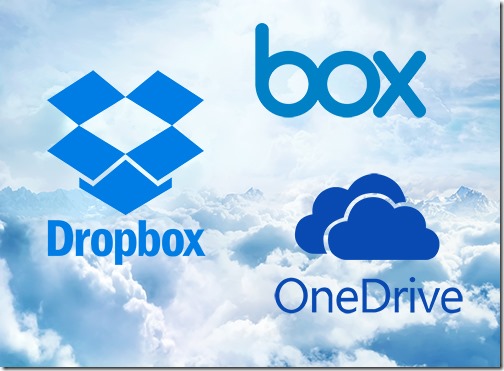

Īmazon launches Amazon Elastic Compute Cloud (EC2), which forms a central part of 's cloud-computing platform, Amazon Web Services (AWS), by allowing users to rent virtual computers on which to run their own computer applications. SQS had been around (but not available in production) since 2004. Īmazon Simple Queue Service (SQS) is released in production. Īmazon Web Services launches by releasing the Simple Storage Service (S3).

Based on internal discussions, they decide to launch storage, compute, and database offerings so that developers can use all of them together. At the same time, Amazon begins planning for a public launch of AWS. Ī private precursor to AWS launches, with a small number of customers. At the time, the name Amazon Web Services refers to a collection of APIs and tools to access the catalog, rather than the Infrastructure as a Service it would eventually become. The Amazon Web Services blog is launched, with a first blog post by Jeff Barr. Although the team works from South Africa, the servers are hosted in the United States. While there, he works on a pilot along with help from Chris Brown and Willem van Biljon. Pinkham leaves for South Africa to set up a satellite development office. Jeff Bezos approves the idea of experimenting with Amazon infrastructure. īenjamin Black and Chris Pinkham write a short paper describing a vision for Amazon infrastructure that, in Black's words, "was completely standardized, completely automated, and relied extensively on web services for things like storage." All these changes help pave the way for AWS. Around the same time, the company also realizes the need to build infrastructure-as-a-service internally, to improve the speed of development and not have it bottlenecked by infrastructure availability. In the process, Amazon's team realizes that they need to decouple their code better, with cleaner interfaces and access APIs. This is a timeline of Amazon Web Services, which offers a suite of cloud computing services that make up an on-demand computing platform.Ī, the parent company of the as yet nonexistent AWS, begins work on, an e-commerce platform intended for use by other large retailers such as Target Corporation. Please help update this article to reflect recent events or newly available information.


 0 kommentar(er)
0 kommentar(er)
